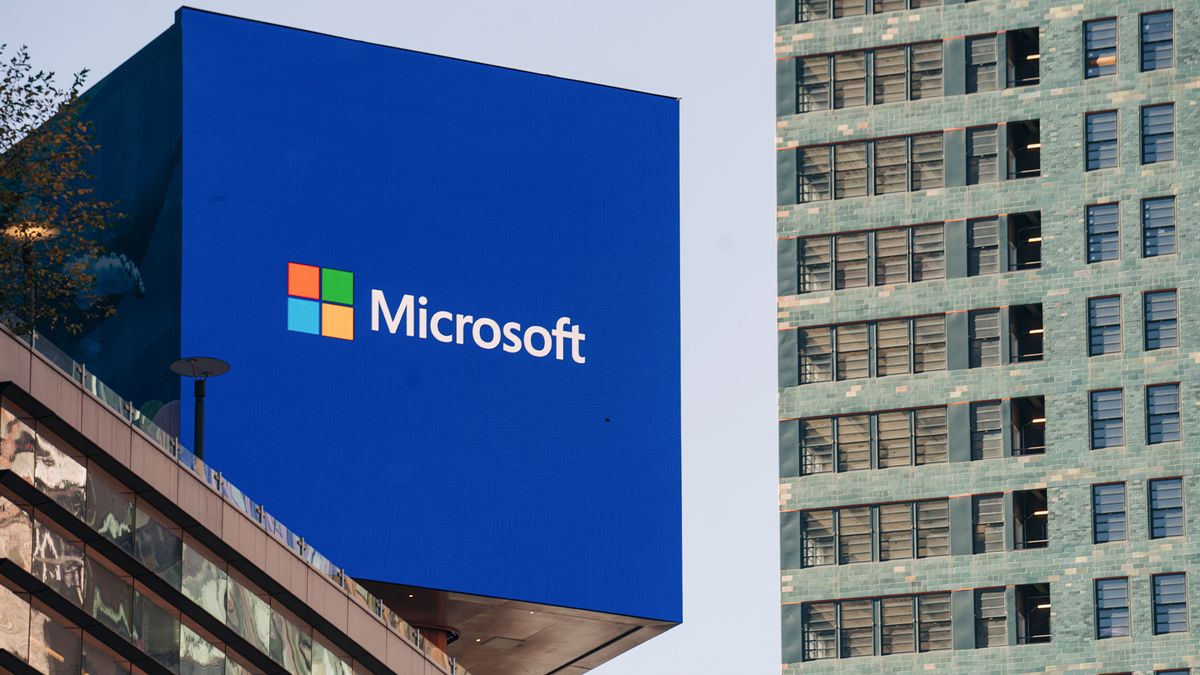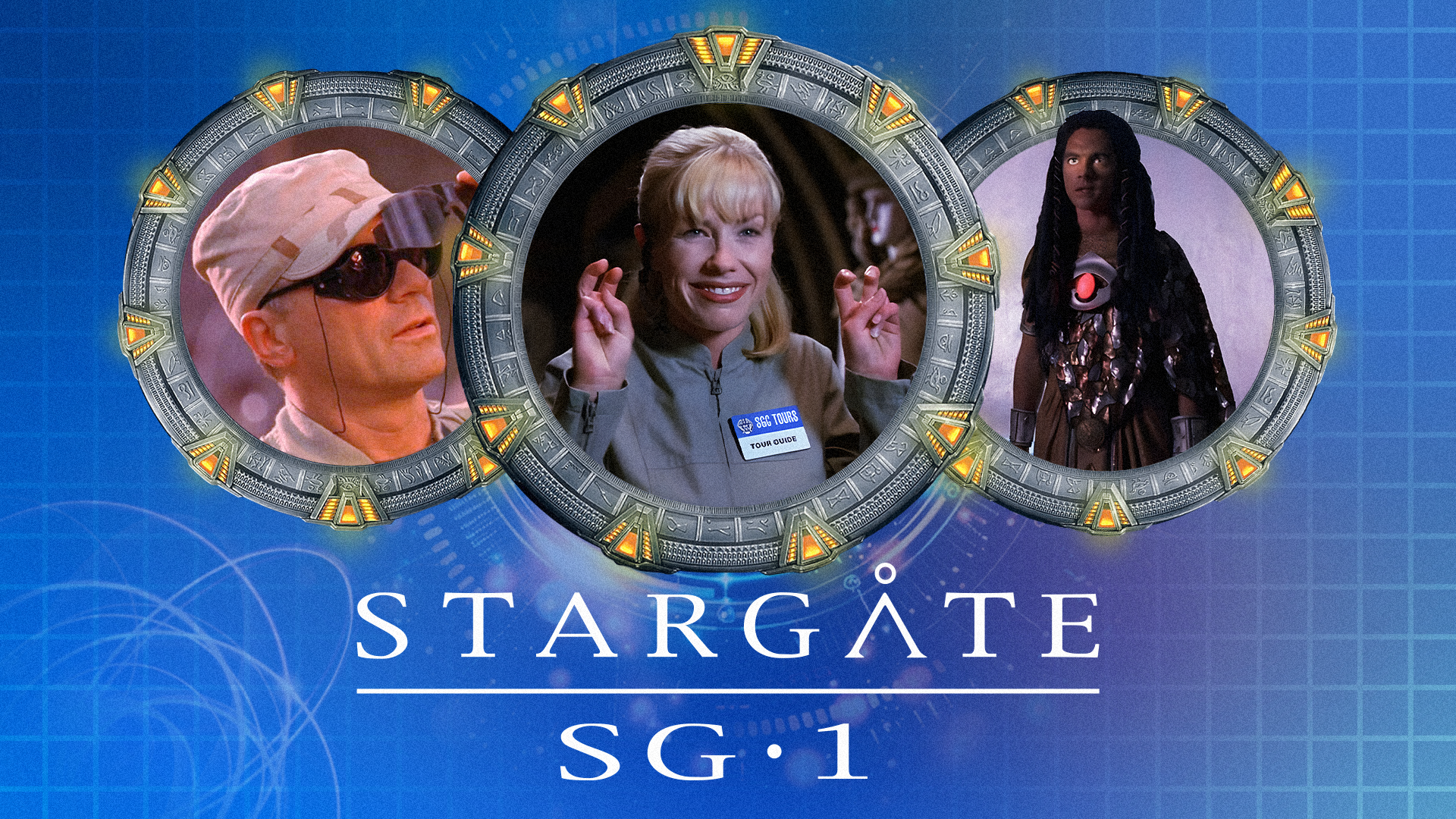Microsoft admits users received unexpected upgrades to Windows Server 2025 – but the issue has been fixed

Microsoft has resolved an issue that saw companies running Windows Server 2022 and Server 2019 unexpectedly upgrading to Windows Server 2025 — despite not paying for the upgrade.
Windows Server 2025 was released earlier this month with new features including upgrades to security in Active Directory, hotpatching for hybrid and on-prem clouds, and more. However, it also came with a few notable bugs, including one that crashed computers.
Shortly after the release, users spotted that older versions of Windows Server were suddenly upgrading to Windows Server 2025.
One employee of a small business in the UK posted on Reddit that Windows 2022 Servers had upgraded themselves to the new version, or were about to do so.
“This obviously came as a shock as we’re not at the point to do so for many reasons and the required licensing would not be present,” the user wrote.
Unwanted Windows Server 2025 upgrades
Microsoft said in an update that there were two scenarios in which this happened. The first involved devices automatically upgrading to the new OS.
“This was observed in environments that use third-party products to manage the update of clients and servers,” Microsoft explained.
The tech giant noted the issue had been mitigated, but also advised users to ensure third-party software designed to manage updates be configured to not automatically deploy them.
Microsoft updated the release under the upgrade classification “optional” — suggesting there was an issue with how the software was classified for admins and third-party software.
That was backed up in a separate post by a technical manager at security and update software company Heimdal, which noted that the “KB” label appeared to be incorrect. Whether that caused the unexpected updates or not, Microsoft has fixed the “KB” issue.
“The Windows Server 2025 feature update was made generally available on November 1, 2024, as KB5044284, which was the same KB number used for Windows 11, version 24H2,” Microsoft said in its update.
“This was the KB numbering for both these client and server Windows updates available at that time. Future updates released for Windows Server 2025 and Windows 11, version 24H2 will share the same KB numbers, but will have different release note sites and links.”
Regardless of whether third-party management software is to blame or Microsoft itself, plenty of admins had a tough week.
“It’s not been a great week at work, too much time lost on this, and the outcome is that in some instances backups have come into play however Windows Server 2025 licensing will have to be purchased for others,” the small business employee noted in their post.
The second unexpected upgrade scenario involved a banner displayed on the device’s Windows Update page in Settings, offering an upgrade to the new OS.
“This message is intended for organizations that want to execute an in-place upgrade,” the company said, adding that the issue had since been resolved.
Recurring issues
Microsoft quickly spotted three bugs in Server 2025 – one that meant English text was shown during installation, even if it wasn’t the default language, and a second that limited the OS from running on devices with a high core count, sparking crashes, blue screens and long restarts.
Similarly, a third error popped up saying “boot device inaccessible” in iSCSI environments.
Microsoft has acknowledged all three issues, saying it is working on a resolution for each, and promising a solution in a future Windows monthly update for the core count and iSCSI bugs, and merely more information for the English text issue.
Source link











